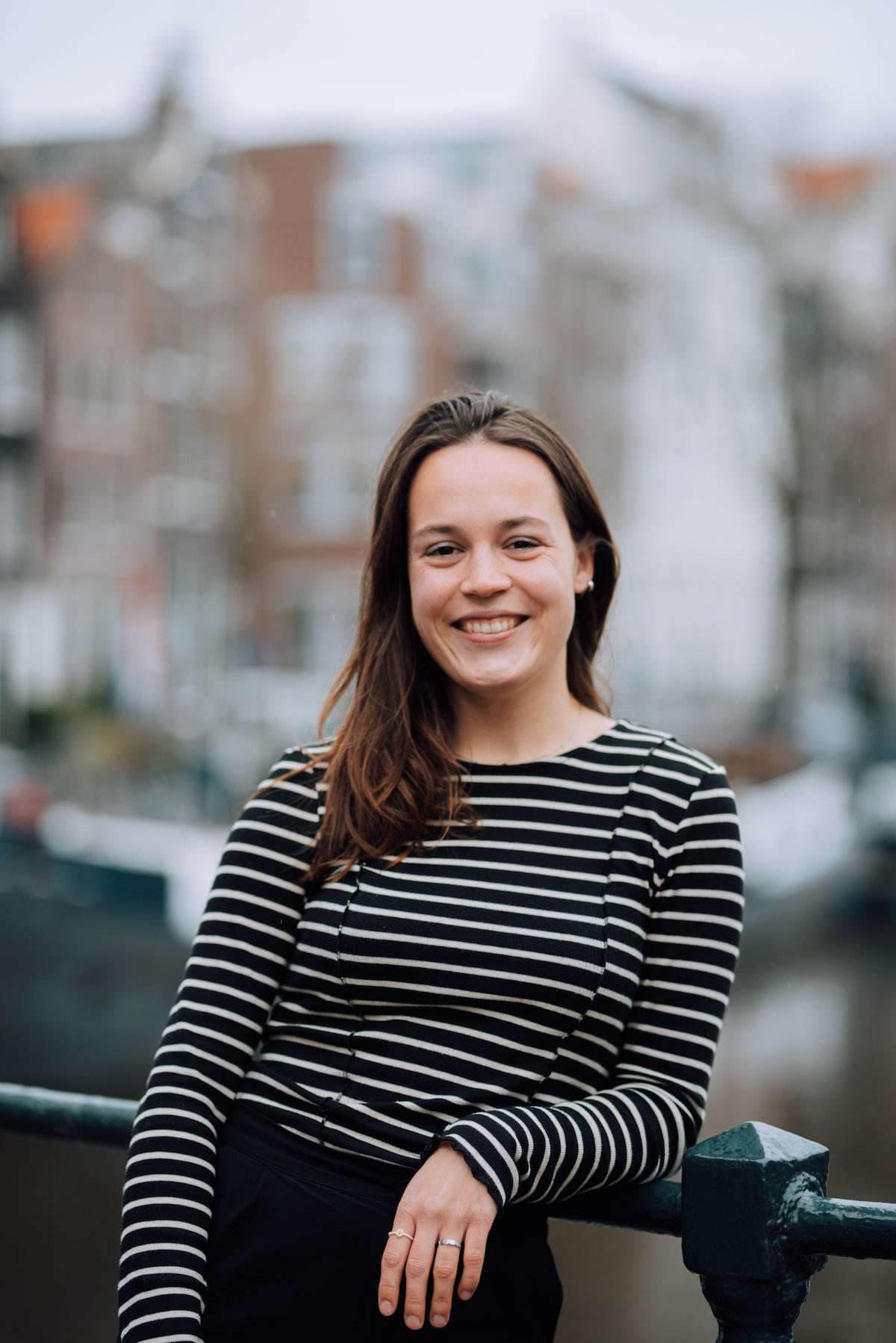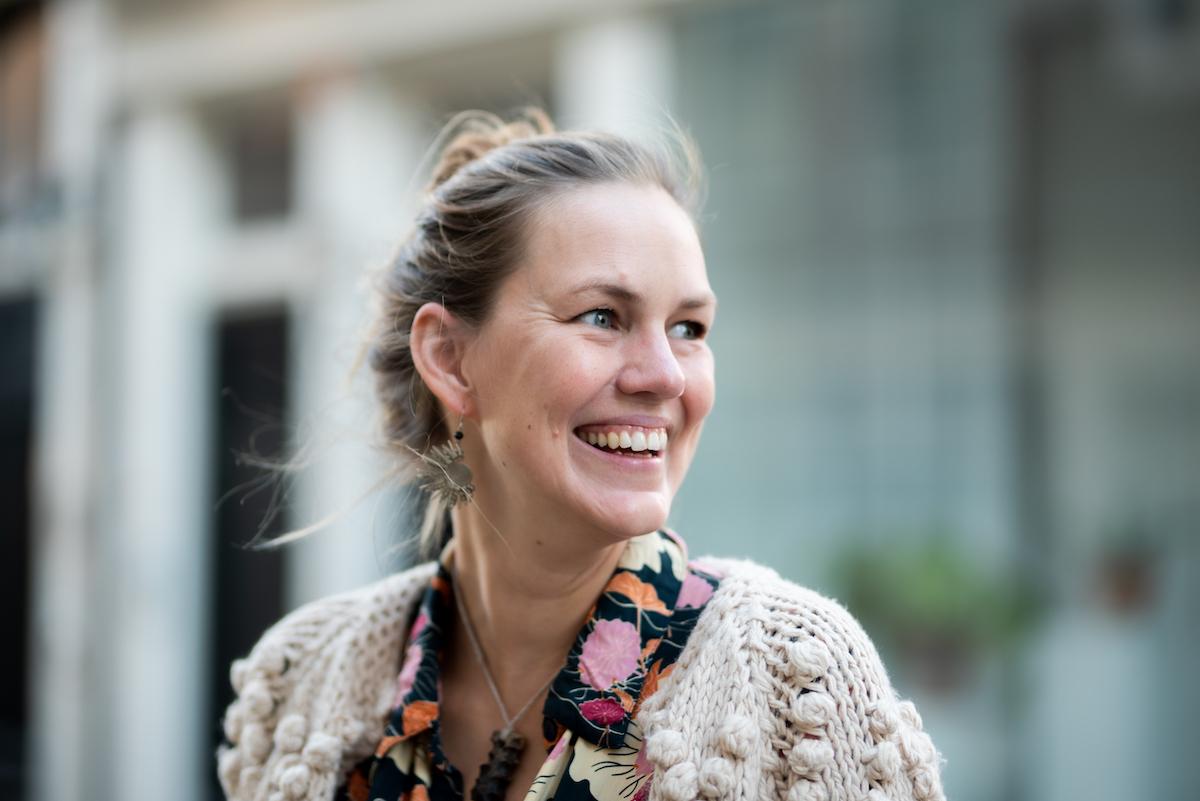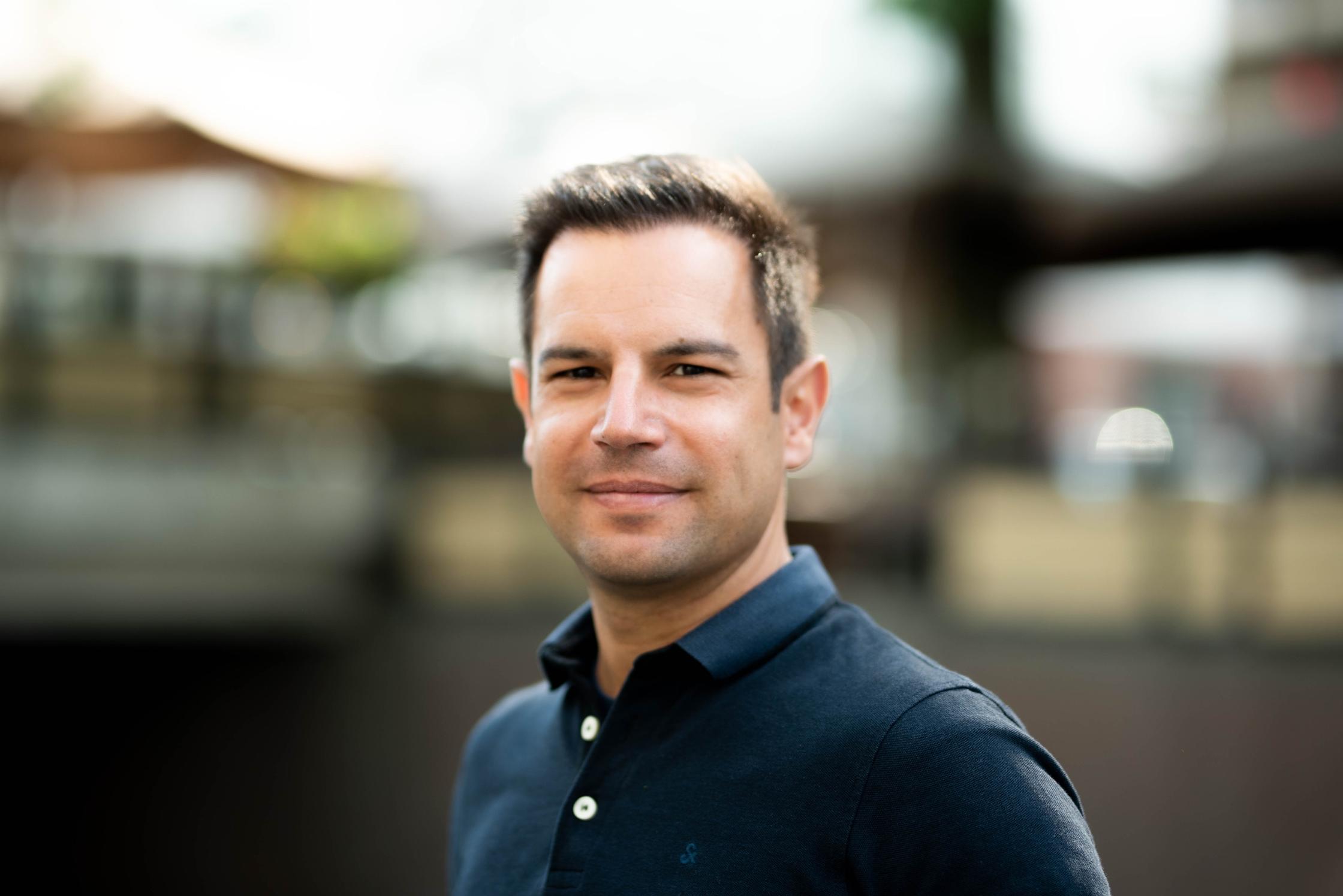
Spotting Toxic Clouds
In the project Spotting Toxic Clouds Waag Futurelab, the University of Amsterdam (UvA) and residents of the IJmond region work together on the development of an AI tool that can automatically detect toxic clouds from Tata Steel.
Many IJmond residents are concerned about air pollution caused by the Tata Steel steel plant. Therefore, residents of the IJmond region, the action group Frisse Wind and Greenpeace installed three cameras to monitor air pollution caused by Tata Steel. Via the website Spot de gifwolk (Spot the toxic cloud), everyone can view the camera images.
Community-driven AI tool
In the project Spotting Toxic Clouds Waag Futurelab, the UvA and IJmond residents are developing a ‘community-driven AI tool’: an AI tool that helps residents collect data-driven evidence of air pollution. This AI tool is trained with the camera footage from Frisse Wind to automatically detect harmful smoke. In this way, the AI tool helps residents gain a stronger information position in the conversation with governments and Tata Steel about air quality.
In this project, Waag uses its expertise in citizen science and co-creation. Waag organises a number of meetings together with residents and the UvA to shape the AI tool. Based on the outcomes of these meetings, the UvA will develop the AI tool.
Toxic clouds
Whether or not a cloud is toxic, depends on the substances that make up the cloud. The colour of the cloud gives an indication of which substances the cloud contains. The colours black, yellow, orange and brown give an indication that there might be toxic substances in the cloud. Therefore, the UvA trains the AI model to detect black, yellow, orange or brown clouds on the camera images from Fresh Wind. In this project we do not measure exactly which substances the clouds contains.




